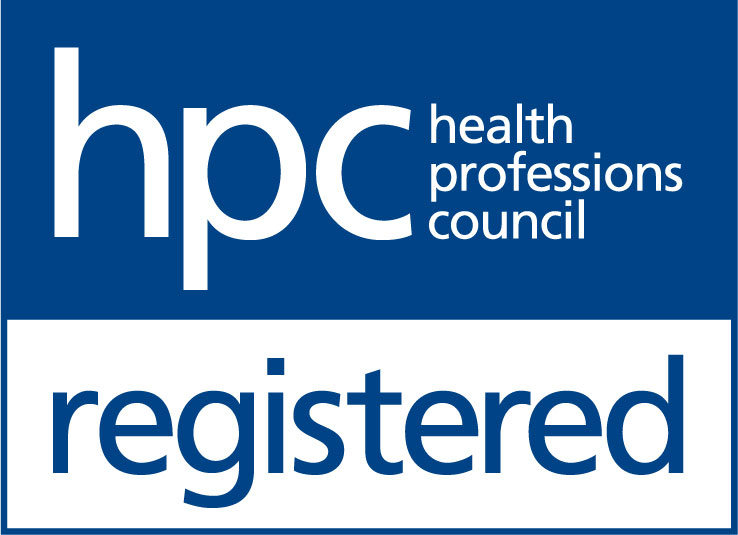A hip replacement is a form of surgery that involves replacing a part or all of the hip joint with an artificial joint. It is performed when the joint has become damaged, worn or diseased. A hip replacement can be performed at any age but it is used most commonly in people over 60.
The recovery process varies depending on the type of replacement you’ve had, and on your individual circumstances. It is important to follow specific instructions given to you by the hospital team.
Recovery in Hospital
After the surgery you will lie on your back, usually with a pillow to support your leg in the correct position. You will have a large dressing on your leg to protect your surgical wound and the nursing staff will monitor this to check if it is healing properly. You will usually be allowed to drink about an hour after you return to the ward.
The hospital staff to help you to get up and moving as soon as possible after your surgery. Depending on the type of surgery you’ve had you may be up and moving the same day of your operation. A Physiotherapist on the ward will work with you to improve the distance that you can walk and teach you how to use a walking aid, for example crutches or a walking frame. You will also practice going up and down stairs if you need to do these at home. The Physiotherapist will teach you exercises to help to strengthen your hip and improve the movement in your joint.
Your leg may be swollen and uncomfortable following the surgery, and walking may be painful. It is important to move around to reduce your risk of blood clots. You may be given special stockings to wear on an injection to reduce your risk of getting a blood clot.
Going Home
Depending on your progress and the type of operation you have had, you are likely to go home between 3 and 5 days after your operation.
There is a range of equipment you can use at home to help make your life easier while you are recovering from your surgery. You can ask your hospital team if there are any particular activities you are worried about managing at home.
Your Physiotherapist will teach you exercises to do at home. It is important that you keep doing these exercises as advised once you are home, they will help you to make the most of your new hip!
Getting Back to Day to Day Tasks
You can usually return to driving after about 6 weeks. However, getting in and out of a car can be difficult, particularly if you have been told there are any movements you can’t do.
Depending on your job, most people are able to return to work after 6 to 12 weeks.
It’s best to avoid sports which carry a high risk of falling, such as horse riding or skiing; it may be best to discuss these with your surgeon.
Remember that your new hip joint is vulnerable for the first few months, so make sure to reduce your risk of falling by using your walking aids as recommended. You can read more advice on avoiding falls by clicking here.
You will usually be offered an appointment with your surgeon 6 weeks after surgery.
How to Take Care of your New Hip
- Take medication as prescribed
- Continue to do the exercises given to you
- Don’t apply pressure to the wound
- Don’t force the hip to do anything that doesn’t feel comfortable
Many surgeons place specific restrictions on movement, make sure you know the particular instructions from your team; however commonly these are:
- Don’t bend your hip past 90 degrees; so be aware of sitting on low seats
- Don’t cross your legs
- Don’t turn your operated leg inwards; when you turn, take small steps rather than pivoting on the spot
If you feel you need more support on returning home, you can read about the mobile Physiotherapy services we offer here. Or click here to contact us to chat through your needs.



